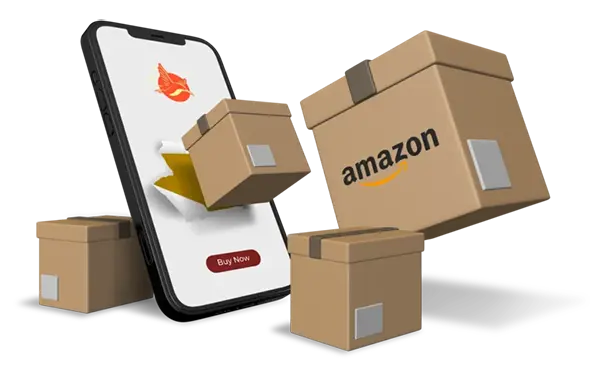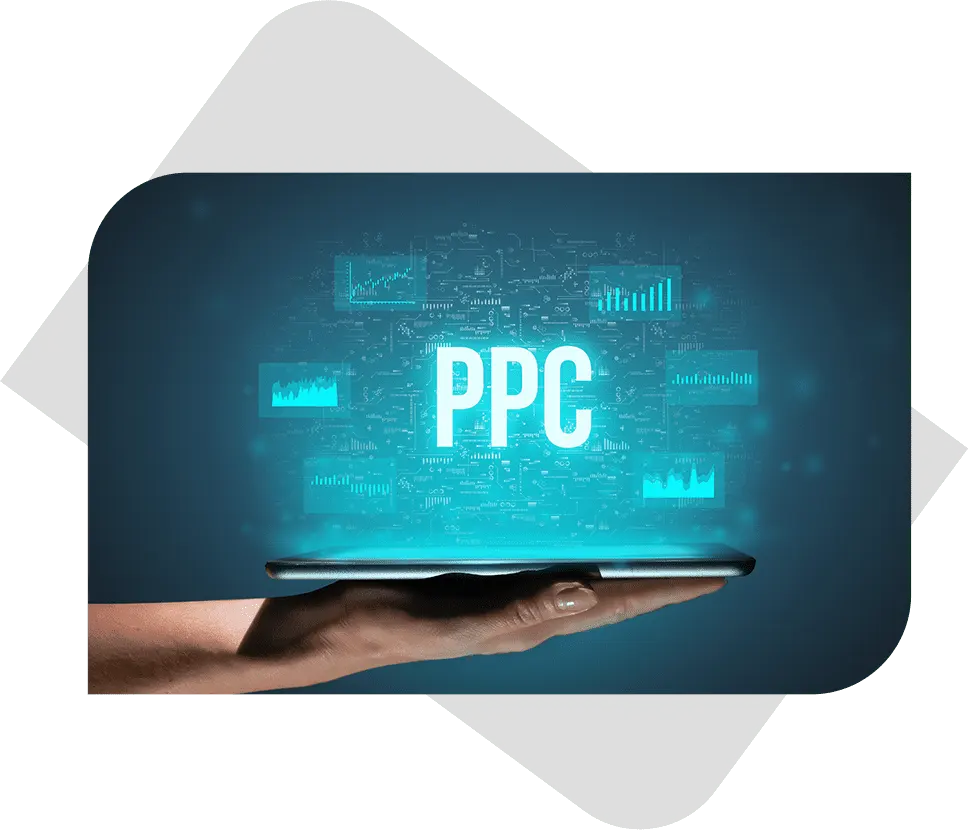Amazon Management Services
Maximize Amazon Success With Our Full-Service Amazon Agency
Optimize Pricing, Resolve Issues, Manage Cases, and Boost Sales. Our dedicated experts optimize pricing, resolve issues, manage cases, and provide top-tier support for your comprehensive Amazon success. Your growth, our commitment. And it all starts with a FREE analysis.


Managed Services For Amazon
Unlock Your Amazon Success: Expert Management and Growth Strategies Tailored for Sellers and Vendors – Elevate Your Brand, Boost Sales, and Dominate the Marketplace with Our Full-Service Agency.
INCREASE PROFITABILITY WITH VELOCITY SELLERS CONSULTANTS FOR AMAZON
Unlock Your Company’s Full Potential: Partner with Verified Amazon Experts at Velocity Sellers. Skyrocket Profitability, Surge Ahead of Competitors on the World’s Largest E-commerce Platform. Experience reliable 200% annual growth for your business, starting today.

You dont have to Recruit hire, and build a team of experts for amazon
In order to do that, your brand needs to show up exactly when customers are looking for you. The problem is, you don’t know how to master Amazon and you don’t have the time, which probably makes you feel overwhelmed and frustrated.

Amazon Organic Mastery Unleashed
Achieve Prime Performance on Amazon Marketplace with Expert SEO and Content Optimization. Skyrocket Organic Visibility, Turbocharge Amazon Sales, and Rule the Amazon Realm with Our Proven Strategies.
Full Service Amazon Vendor and Seller Central Management
Regain Control of Third-Party Sales, Supercharge A+ Content, and Ignite Off-Channel Social Media Marketing for Amazon Affiliate Sales. Unlock Your Amazon Success with Our Comprehensive Solutions.


Logistics and FBA Management
Unlock Profitability on Amazon: Elevate Your Business by Mastering Logistics and FBA Management. Streamline Shipping, Reduce Costs, and Win the Buy Box with Faster Fulfillment. Leverage Prime Eligibility, Expand Globally, and Optimize Inventory for Growth. Gain a Competitive Edge, Focus on Core Strategies, and Delight Customers for Lasting Success.
Brand Protection
Safeguard Your Brand’s Integrity on Amazon: Implement Comprehensive Brand Protection Strategies to Combat Counterfeits, Unauthorized Sellers, and IP Infringements. Maintain Customer Trust, Enforce Trademarks, Optimize Listings, and Act Swiftly Against Violators. Keep Your Brand Authentic and Thriving in the E-commerce Landscape.


Profitable PPC Ads In 30 Days or Less
Amazon PPC Mastery with Velocity Sellers: Boost ROI by Streamlining Keywords, Bids, and Ad Creatives. Harness Targeted Campaign Structure, Leverage Match Types, and Trim Costs with Negative Keywords. Maximize Sales with Data-Driven Bid Management, Ad Copy Perfection, and Landing Page Enhancement. Dominate Amazon Advertising with Proven Strategies for Success.
We've Mastered Amazon Price Management for Seller Success
Velocity Sellers: Amazon Pricing Experts for Peak Performance – From Competitive Analysis to MAP Compliance, We Optimize Your Pricing Strategy. Master FBA vs. FBM, Harness Promotions, Adapt to Dynamic Pricing, and Prioritize Customer Satisfaction. Achieve Inventory Control, Optimal Advertising ROI, and Ethical Pricing Practices for Amazon Success.


Amazon Issue and Case Management
Expedite Your Amazon Issue and Case Management – Expert Solutions for Resolving Seller Account Problems, Handling Customer Inquiries, and Navigating Amazon’s Policies. Enhance Efficiency, Resolve Disputes, and Maintain a Positive Seller Reputation with Our Proven Strategies and Support.
Grow Your Sales On Amazon With Our Proprietary Managment Method
Want to Work with Our Full-Service Amazon Management Team? Our dedicated experts optimize pricing, resolve issues, manage cases, and provide top-tier support for your comprehensive Amazon success. Your growth, our commitment. And it all starts with a FREE analysis.

STRATEGY
● Analyze Products
● Analyze the Market
● Facilitate Customized Action Plan

LAUNCH
● Develop Paid Advertising Strategy
● Develop Keyword Strategy & Optimize Listings
● Utilize or Improve High ROI Ads

GROWTH
● Develop Paid Advertising Strategy
● Develop Keyword Strategy & Optimize Listings
● Utilize or Improve High ROI Ads
START GROWING YOUR BRAND ON AMAZON TODAY
SAVE TIME & MAKE MORE MONEY WITH VELOCITY SELLER CONSULTANT FOR AMAZON

Request your FREE Analysis below

Kick- off your customized plan

Maximize your brand's full revenue potential on Amazon
Frequently Asked Questions
What services are available for Full Service Amazon Account Management?
Full service account management covers everything needed to grow on Amazon: product listing SEO, catalog management, advertising and PPC campaigns, logistics and FBA support, customer service, review management, reporting, and compliance monitoring. It’s an all-in-one solution for sellers who want expert management without the daily workload.
What are the minimum requirements to start selling on Amazon?
To sell on Amazon, you need a professional seller account, business and tax information, a bank account for payouts, and product listings that comply with Amazon’s policies. While anyone can technically start, achieving success requires optimized listings, strong fulfillment strategies, and consistent account management.
How much does Full Amazon Account Management service cost?
Pricing varies based on the scope of services, product catalog size, and ad spend management. Some agencies charge a flat monthly fee, while others work on a performance-based or hybrid model. Velocity Sellers tailors account management packages to meet your business goals and budget.
Do I need Amazon Account Management if I already use FBA?
Yes. While FBA handles fulfillment, account management covers everything else — from keyword optimization and ad campaigns to catalog troubleshooting and customer service. FBA helps deliver products, but account management ensures your brand stays competitive and profitable.
How quickly can I expect results with Full Service Amazon Account Management?
Most sellers see improvements in visibility, traffic, and sales within 60–90 days, depending on the account’s starting point and product category. Consistent growth comes from continuous optimization, advertising strategy, and data-driven adjustments over time.
Looking for something else?
Check other services for Omnichannel Marketplace Management.
Omnichannel Marketplace Management
Expand and synchronize your sales across marketplaces like Walmart, Target+, TikTok Shop, and more — all under one strategy.
Shopify & DTC Brand Acceleration
Build, optimize, and grow your direct-to-consumer channel with conversion-first Shopify solutions and retention-focused marketing.
Omnichannel Paid Media & Advertising
Run smarter, performance-driven campaigns across Amazon Ads, Meta, Google, and TikTok to fuel omnichannel growth.
Creative Services & Brand Content
Branded content that converts. From A+ pages to TikTok ads, we design creative that drives clicks, trust, and repeat purchases.
Logistics, Operations & Fulfillment Strategy
Back-end systems that scale with you. Smart logistics, 3PL ops, and forecasting tools to keep inventory flowing and customers happy.
